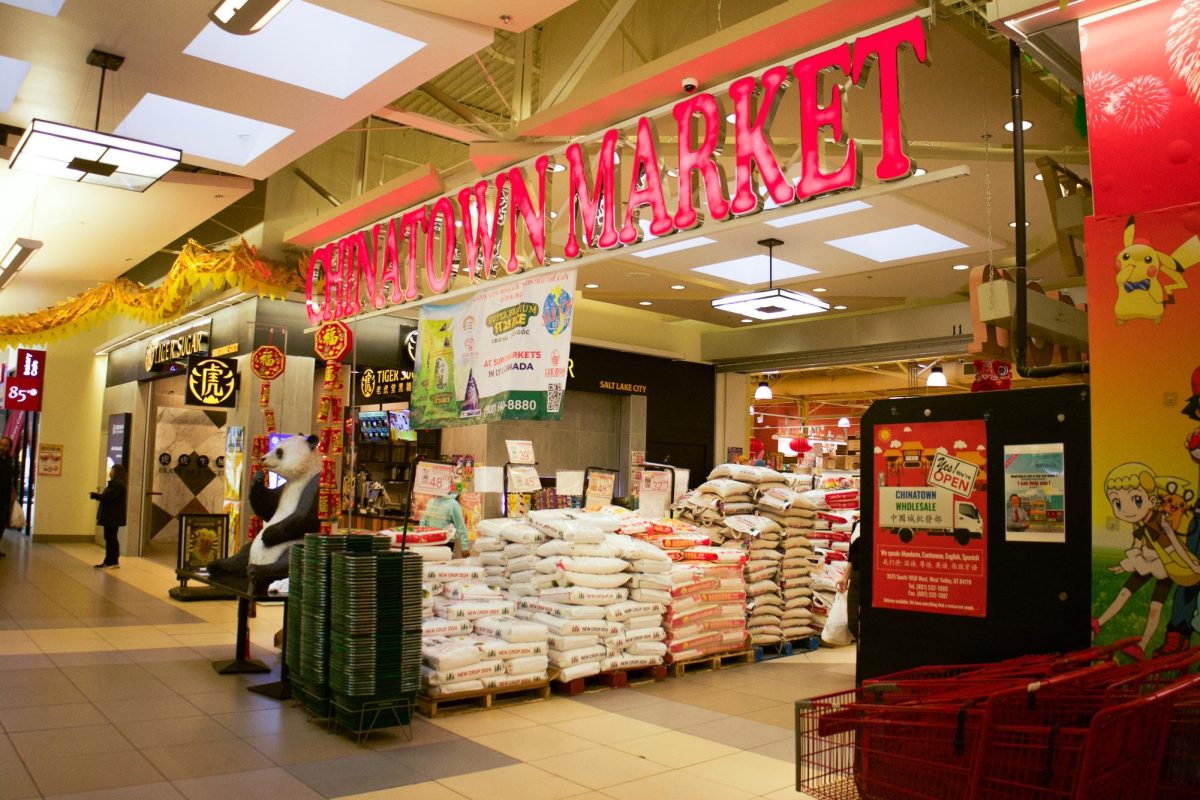Jicarilla Apache potter Shelden Nunez-Velarde is one of many Native American artists who traveled to Utah for the National History Museum’s Indian Art Market in October. He specializes in hand-coiling traditional Jicarilla Apache pottery and belongs to a clan named “Ollero,” a Spanish word meaning “maker of pots and pans.” His interest in the art of pottery started at an early age with a desire to reproduce beautiful pottery pieces similar to those he had seen from his great-great grandmother, O’Ha Montoya.
He writes of her in his online biography: “As a child I was always attracted to the old, blackened, used micaceous vessels stored in my grandmother’s curio cabinet. The mica flecks were pretty and shiny. At that time, my grandmother could only remember her grandmother making pottery. No one in our family knew how to make pottery anymore.”

When Nunez-Velarde turned 13, he had an opportunity to carry on her legacy through a culture program at the Cultural Resource Center in Dulce, New Mexico, where he was taught by well-known Jicarilla artist, Lydia Pesata.
“[Through my studies], I started to duplicate my great-great grandmother’s style,” he said. “I like to keep that in my art today.”
Nunez-Velarde’s early fascination with the shiny, glittering mica in his grandmother’s pottery is certainly not unique to him. The flaky mineral is known for its translucent quality. It used around the world as a pigment and tone enhancer in paint, a thermal insulator for electronic equipment and as a glittery shine in cosmetics — even toothpaste.
“It’s the golden, copper-colored mica,” he said, “That makes [the pottery] so different and unusual. I really enjoyed my trip to Utah because, when I go to different shows, the mica is the least-known in the Native American pottery world, because it’s so unusual. The other pottery [at art shows] are usually painted and mine is plain.”
The mineral-rich material gives the clay its instantly recognizable and sought-after glossy sheen, but according to Nunez-Velarde, people tend to forget the pots were created for a more practical purpose.
“I balance both modern and traditional [pots] because I’m one of very few Apache potters from my nation still making pottery, so I have continued that old style,” he said. “The traditional pots were actually used for cooking – that was the main reason for the pottery. They would cook foods in there.”
The durability of micaceous clay vessels allow the pots to be used with cooking and food storage. The material is prized because mica’s insulating properties add to the insulating nature of clay, making it ideal for a cooking pot. Unlike pots made only with clay, you can use micaceous pots directly over a burner with no protection underneath.
 Nunez-Velarde explained that similar to their Pueblo neighbors, who are more widely known for their use of mica clay, the “Jicarilla in Northern New Mexico made our cooking ware from the land’s unique deposits of mica-filled soil. Micas’s special heat-retentive qualities make this clay particularly efficient for cooking.”
Nunez-Velarde explained that similar to their Pueblo neighbors, who are more widely known for their use of mica clay, the “Jicarilla in Northern New Mexico made our cooking ware from the land’s unique deposits of mica-filled soil. Micas’s special heat-retentive qualities make this clay particularly efficient for cooking.”
Additionally, it’s said that food and water stored in micaceous clay pots take on rich flavors unlike anything you might get from metal or cast-iron cook ware.
As his ancestors did, Shelden gathers the clay and slip from Jicarilla clay sources, typically found at high elevations. He soaks and cleans the clay, mixes, hand coils, shapes, sands, polishes and then fires the pot outdoors, using pine or cedar wood. The pottery he produces is traditional, functional and contemporary.
For over 27 years, Shelden has won national recognition and numerous awards for his art. Eager to continue the tradition of Jicarilla Apache pottery traditions, he has conducted workshops and demonstrations throughout the United States and is currently mentoring his nephew, Emanuel Vigil, who frequently accompanies Nunez-Velarde at his shows.
@noteastbuterin










